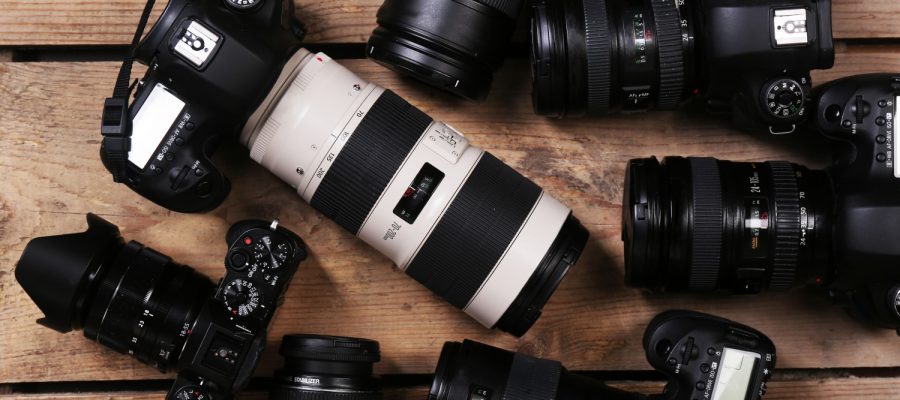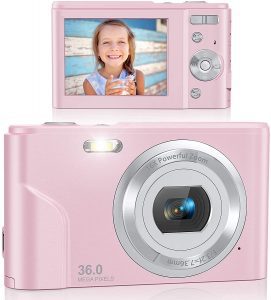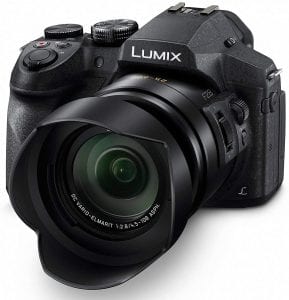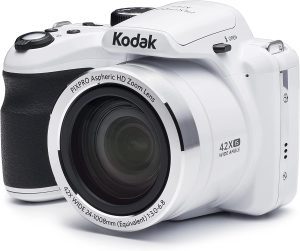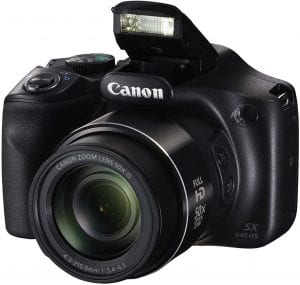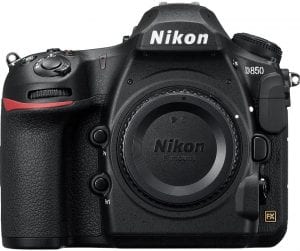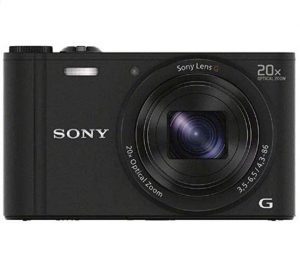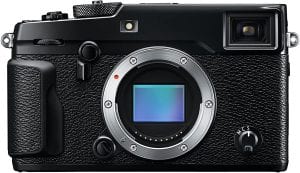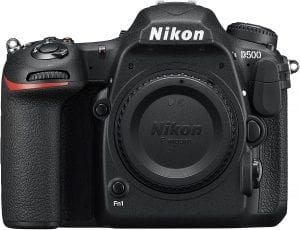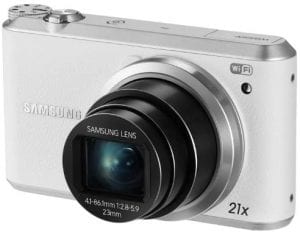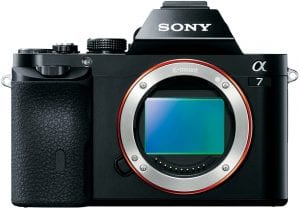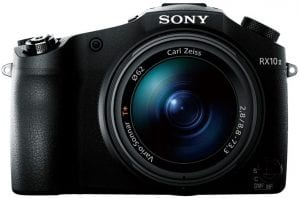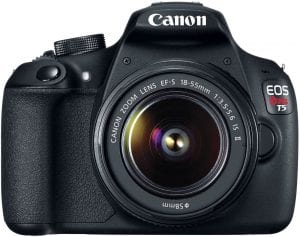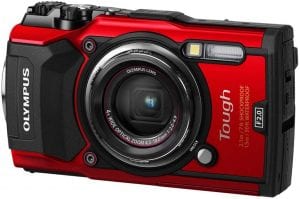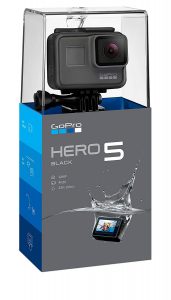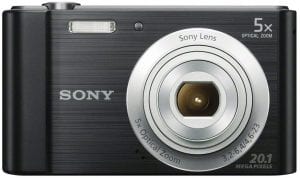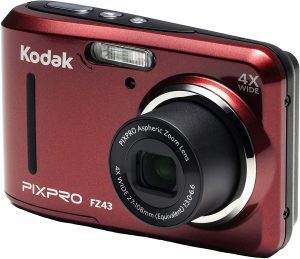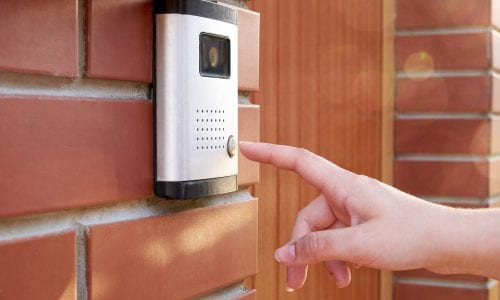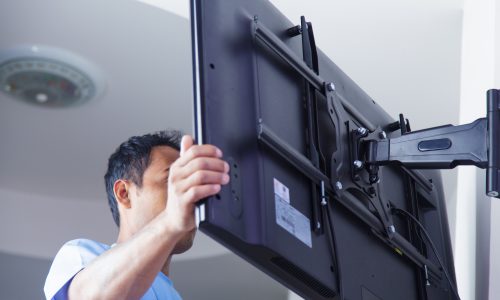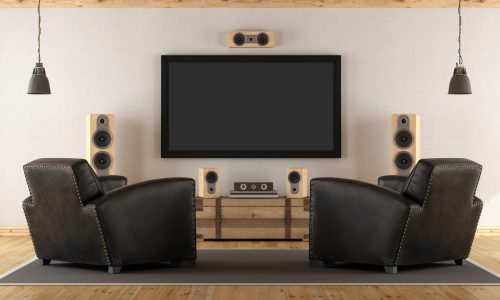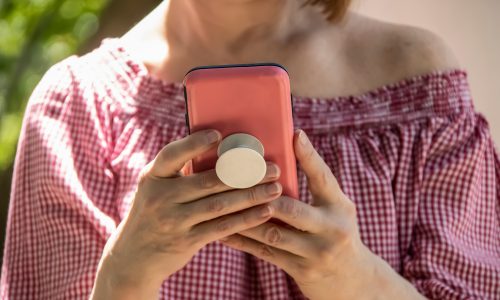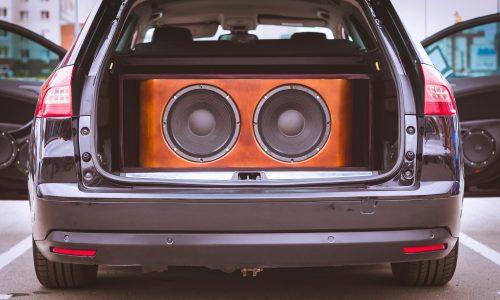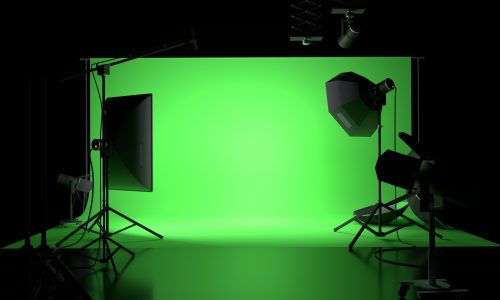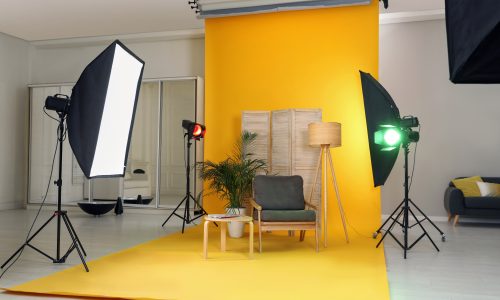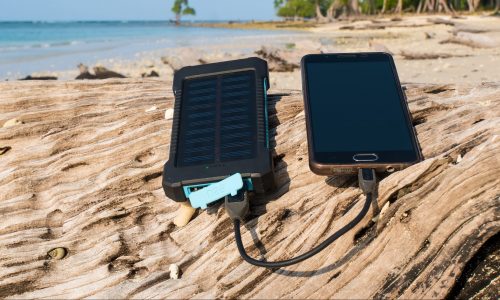The Best Digital Camera To Capture Special Moments On The Fly
We looked at the top 16 Digital Cameras and dug through the reviews from 88 of the most popular review sites including and more. The result is a ranking of the best Digital Cameras.
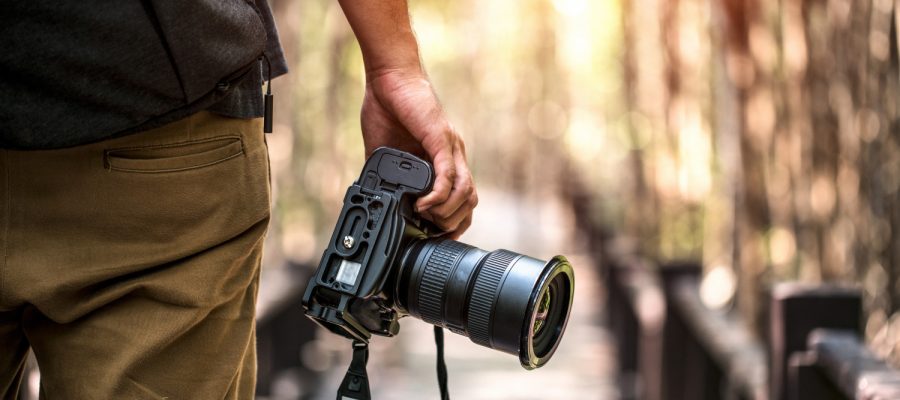
Our Review Process
Don't Waste Your Money is focused on helping you make the best purchasing decision. Our team of experts spends hundreds of hours analyzing, testing, and researching products so you don't have to. Learn more.
Our Picks For The Top Digital Cameras
- 1. Lecran Beginner Built-In Microphone Digital Camera
- 2. PANASONIC DMC-FZ300K LUMIX Splash-Proof Hybrid Digital Camera
- 3. KODAK AZ421-WH PIXPRO Beginner Image-Stabilization Digital Camera
- 4. Canon PowerShot SX540 Compact Sharing Digital Camera
- 5. Nikon D850 Professional Touchscreen Digital Camera
- 6. Sony DSCWX350 WiFi & NFC Digital Camera
- 7. Fujifilm X-Pro 2 Magnifying Quiet Digital Camera
- 8. Nikon D500 Single Lens LCD Digital Camera
- 9. Samsung WB350F Auto Share Wide-Angle Digital Camera
- 10. Sony A7 SLR Ergonomic Digital Camera
- 11. Sony DSC-RX10M II All-In-One Zoom Digital Camera
- 12. Canon EOS Rebel T5 HD Movie Mode Digital Camera
- 13. Olympus TG-5 Weatherproof High Speed Digital Camera
- 14. Go Pro HERO5 12 MP
- 15. Sony DSCW800/B 20.1 MP Sweep Panorama Blink Detecting Digital Camera
- 16. Kodak FZ43-RD PIXPRO Video User Friendly Digital Camera
Surprise your tween or teen with this easy-to-use digital camera. Although it's designed with beginners in mind, it can still produce stunning images and videos for blogs and vlogs. It's compact in size, supports 16X digital zoom and has a built-in fill light.
Multiple Color OptionsYou'll find this digital camera comes in a choice of colors, including pink, blue, green, purple, silver and black.
This digital camera has built-in Wi-Fi, which allows you to conveniently send images directly to your smartphone. Plus, it also features a great zoom and is less expensive than interchangeable-lens digital cameras.
Affordable UpgradeBuilt-in Wi-Fi with a great zoom at an affordable price.
You'll find this digital camera is available in a neutral white, a sleek black and a fiery red. It features a 42x optical zoom and a 24 millimeter wide angle lens, so you can capture images up close and far away. You'll also find this model provides the ability to crop and size your photos without sacrificing picture quality.
Large LCD ScreenThis digital camera comes with a 3-inch LCD screen for quick viewing of all your videos and snapshots.
Not only is this digital camera easy to use, but it's also clear images and videos. It's made with built-in Wi-Fi and NFC, so you won't have any trouble sharing your favorite photos and short films. The camera's LCD screen is on the larger side, which means you'll be able to preview your shots with ease.
Outstanding PerformanceThanks to the 50x optical zoom with optical image stabilizer, this digital camera is able to provide the stunning images you seek.
Buying Guide
Everybody loves to look at pictures of that stunning family vacation from the previous year. Or to pull out your old wedding album and look at the images from the day you and your significant other committed to each other for a lifetime of happiness and memories. Pictures of loved ones rest in frames around our homes as moments that we cherish and long to remember. More than likely, these images were captured using a digital camera, and over the last 10 years, digital cameras have improved by leaps and bounds, meaning the pictures you take have more vibrant colors and sharper images.
Digital cameras do not use film to produce an image. Instead, a digital camera stores the image on a digital memory card. Most current digital cameras can record video as well as still images, making them more powerful than cameras of the past. Gone are the days when you need to take a roll of film to the pharmacy to have your pictures developed. Digital cameras use a memory card, like an SD card, to store the photos you take with the camera. You can then simply connect the SD card from the digital camera to your computer and view and print the images you took. And then, once you have saved the images to your computer or to the cloud, you can format or delete the images off of the memory card and use it all over again. No need to keep buying new memory cards when they are full like you would have to do with film.
Digital cameras come in many different designs and models. You can purchase a digital camera with a fixed lens, which means the lens that is attached to the camera can’t be swapped out for another lens, like the Canon PowerShot NFC Digital Camera.
The aperture of a camera lens controls the amount of light that reaches the camera sensor. Think of it as how your eyes adjust to moving from a dark room to a room full of light. Aperture is recorded as an f-stop by the camera. So a camera with an f-stop of 2.8 has a larger aperture and allows more light to hit the camera sensor. This can be confusing for some because the smaller the f-stop, the larger the aperture. If the camera’s f-stop is set to F11, then the aperture is smaller and less light is allowed to pass through the lens to the sensor.
Another type of digital camera is a DSLR, also known as a digital single-lens reflex camera. DSLR cameras come in a wide range of price points and are used from beginners all the way up to professional photographers. One of the great advantages of digital cameras across the board is that they allow you to see the image almost immediately, thanks to an LED screen on the back of the camera. Some models even have a 3.2-inch tilting touchscreen.
Inside the body of a DSLR camera is a mirror that reflects the light that comes through the lens onto an optical viewfinder to display the image that you are seeing directly through the lens. Optical viewfinders use very little power, so DSLR cameras typically have very good battery life, with some models allowing you to take up to 1,000 photos on a single battery charge. You are also able to take many photos very quickly.
The sensor inside the camera body also plays a very important role in the quality of the image produced by the digital camera. DSLR cameras usually come with one of two sensors. Some models have a full-frame sensor, while other models have an APS-C sensor, or what it is more commonly referred to as a cropped sensor. These sensors are a big reason why the images you take with a DSLR camera and a mirrorless camera produce higher-quality images than you take with your phone or a point-and-shoot camera. The sensor inside a full-frame DSLR like the Nikon D850 is 35 mm, the size of standard film. A camera with a cropped sensor has a sensor about half the size of a full-frame sensor. So, when you put a 50 mm lens on a cropped sensor, the actual field of view of that lens will be closer to a 75 mm lens. A APS-C sensor adds a 1.5x crop factor to lenses. The larger the sensor, the better the digital camera performs in low-light situations. While you get a little more zoom from a cropped sensor, you are also not able to capture as wide of an image as a digital camera with a full-frame sensor. Digital cameras with a full-frame sensor also will create photos with a shallower depth of field, giving you a nice blurry background look, while your in-focus image looks sharp. A digital camera with a cropped sensor can be more cost-effective and is a good choice for those looking to shoot more telephoto photography because of the extra zoom it provides.
Another type of digital camera, and one that has become more popular in recent years, is the mirrorless digital camera. While a DSLR camera has a reflex mirror, a mirrorless camera does not. Thus, a mirrorless camera does not have an optical viewfinder. Instead, light is exposed to the image sensor at all times giving you a digital image preview on either your LCD screen or your electronic viewfinder, also known as an EVF.
While a point-and-shoot camera is also technically a mirrorless camera, it has a fixed lens. Mirrorless cameras have a digital interchangeable lens camera. So you can switch the lens you have on the camera. If you want a wide-angle image, an 18-mm or 24-mm lens is what you would put on your digital camera. If you’re trying to take an image of something far away or you want a close-up of a person’s face, a 200-mm lens or 400-mm lens could be put onto the camera. This is one reason why mirrorless and DSLR cameras are typically more expensive than digital cameras with a fixed lens.
Mirrorless cameras can typically be smaller and lighter than DSLR cameras, which has helped them grow in popularity. While DSLRs are not a thing of the past, mirrorless digital cameras have made steady headway in the digital camera field in recent years. It may be time to consider purchasing a mirrorless camera now or in the near future as the image quality continues to improve and surpass what a DSLR can achieve.
Why we recommend these digital cameras?
Products Considered
Products Analyzed
Expert Reviews Included
User Opinions Analyzed
Our experts reviewed the top 16 Digital Cameras and also dug through the reviews from 88 of the most popular review sites including and more. The result is a ranking of the best of the best Digital Cameras.
DWYM is your trusted roduct review source. Our team reviews thousands of product reviews from the trusted top experts and combines them into one easy-to-understand score. Learn more.
What to Look For
- Do not get your digital camera wet. Also, make sure to keep the sensor of the camera clean. Don’t touch the sensor with your fingers. If dust gets on your camera sensor, which can happen simply by switching lenses on the camera, your images will have blurry spots.
- Before cleaning your sensor yourself, try using the camera’s auto-clean mode if it has one. If not, get some lint-free cleaning swabs that are specifically designed for your camera’s sensor, some camera sensor cleaning solution and a hand/bulb air blower. To clean, start by removing the lens and locking your camera in its manual cleaning mode. Use the air blower on the cleaning swab to make sure there is no lint on it. Put two or three small drops of the cleaning solution on the swab, but make sure not to use too much. You don’t want your cleaning swab to be soaking wet. Then gently take the swab and rub it across the camera sensor, making sure not to press too hard. You want to swab the sensor in one fluid motion and once you reach the other side of the sensor, turn the swab over and bring it back across the area you just cleaned. Once you have done the entire sensor, attach your lens back to the camera and take a photo to see if you still have any blurry spots.
- Make sure you get the most bang for your buck with your digital camera purchase. Lots of current DSLR cameras and mirrorless cameras have the ability to capture video as well as still images. Digital cameras today are able to film up to 4K resolution and some can even film in slow motion. Some models can record up to 4K resolution, offer the option of shooting at 120 frames per second in slow motion and provide an 8K resolution time-lapse photography feature.
- Some digital cameras work better than others in low-light situations. If you think you will be taking a lot of photographs where the lighting isn’t ideal, investing in a digital camera that has both a full-frame sensor and a large ISO range would be beneficial to you.
More to Explore
While the first digital cameras didn’t reach consumer stores until 1990, the original idea behind digital images began floating around the brain of Eugene F. Lally in 1961. Lally, who worked in NASA’s Jet Propulsion Laboratory where he was trying to create artificial gravity, began having thoughts about how to capture digital images of planets and stars during space exploration. In 1975, Steve Sasson at Eastman Kodak built the first working digital camera, but the image quality was very low. The megapixels of the image were just 0.01 and the camera weighed 8 pounds. Today, a digital camera like the Nikon D850 can capture an image with 45.7 megapixels. It wasn’t until 1981 that the first true digital camera was successful. The University of Calgary Canada ASI Science Team was able to create a successful digital camera to capture images of auroras in the sky. The first digital camera to reach consumers was the 1990 Dycam Model 1.
